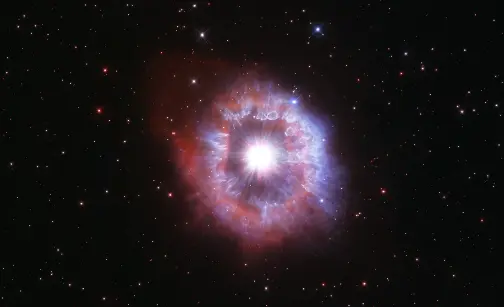NASA: Reaching for the Stars and Beyond
For over 60 years, NASA (National Aeronautics and Space Administration) has been at the forefront of space exploration, pushing the boundaries of human knowledge and inspiring generations to reach for the stars. From the moon landing to the exploration of Mars and beyond, NASA’s achievements have revolutionized our understanding of the universe and our place within it.
A Legacy of Innovation:
NASA’s story is one of remarkable innovation and groundbreaking discoveries. Here are some of the highlights:
-
The Apollo Missions: Culminating in the iconic 1969 moon landing, the Apollo missions were a defining moment in human history. Seeing astronauts walk on the moon captured the imagination of the world and solidified America’s position as a leader in space exploration.
-
The Space Shuttle Program: For over 30 years, the Space Shuttle program revolutionized space travel, allowing for reusable spacecraft and the deployment of satellites and probes. It played a crucial role in constructing the International Space Station (ISS).
-
The International Space Station (ISS): A marvel of international collaboration, the ISS is a continuously occupied research facility orbiting Earth. It serves as a platform for scientific research in areas like microgravity, human biology in space, and Earth observation.
Exploration Beyond Our Solar System:
NASA’s reach extends far beyond our solar system. Probes like Voyager 1 and Voyager 2 have ventured into interstellar space, sending back invaluable data about the outer reaches of our cosmic neighborhood. Missions like New Horizons explored Pluto, revealing a complex and fascinating world beyond the traditional definition of a planet.
The Future of Space Exploration:
NASA’s gaze remains firmly fixed on the future. Here are some exciting initiatives to keep an eye on:
-
The Artemis Program: This ambitious program aims to return humans to the moon by 2024, with a long-term goal of establishing a sustainable human presence on the lunar surface.
-
The Perseverance Rover on Mars: Currently exploring the Jezero Crater on Mars, Perseverance is searching for signs of ancient microbial life and paving the way for future human missions to the red planet.
-
The James Webb Space Telescope: Launched in December 2021, the James Webb Space Telescope is the most powerful space telescope ever built. It promises to revolutionize our understanding of the early universe, galaxy formation, and the search for exoplanets.
The Benefits of Space Exploration:
Space exploration isn’t just about planting flags on celestial bodies. It has numerous benefits that impact our everyday lives:
-
Technological advancements: The pursuit of space exploration has led to countless technological innovations that have applications across various industries, from medicine to communication and materials science.
-
Global Collaboration: Space exploration fosters international collaboration as countries work together to achieve common goals.
-
Inspiring the Next Generation: The pursuit of space exploration ignites a sense of wonder and possibility, inspiring young minds to pursue careers in science, technology, engineering, and mathematics (STEM) fields.
Looking Up:
NASA’s journey has been one of triumph and challenge. The agency continues to push the boundaries of human knowledge and exploration, reminding us that the universe holds endless possibilities. By looking up at the stars, we are reminded of the vastness of space and our place within it.
This blog post is just a glimpse into the vast and fascinating world of NASA. Here are some additional points you might consider exploring:
-
The challenges and risks of space exploration
-
The role of private space companies like SpaceX in the future of space travel
-
The ethical considerations of space exploration, such as planetary protection and space debris
By delving deeper into these topics, you can create a more comprehensive and engaging blog post about NASA, captivating your readers and inspiring them to learn more about the wonders of space.


Comments are closed, but trackbacks and pingbacks are open.